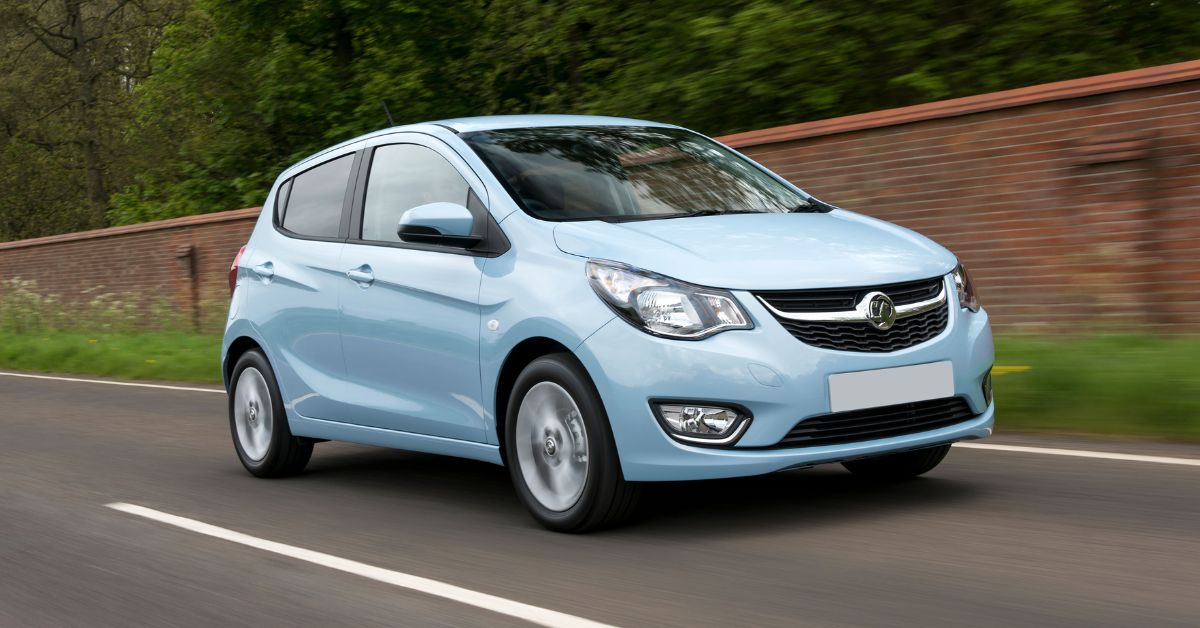In the golden age of British motoring, few cars captured the spirit of practicality, affordability, and understated charm quite like the Vauxhall Viva. First introduced in 1963, the Viva marked Vauxhall’s bold re-entry into the compact car market after a long hiatus. Over its 16-year production run, the Viva evolved through three distinct generations—HA, HB, and HC—each reflecting the changing tastes and technological advancements of the era. More than just a car, the Viva became a symbol of mobility for the British middle class, a reliable companion for families, and a quiet hero of the post-war automotive boom.
🚗 The Birth of the Viva: HA Series (1963–1966)
The original HA Viva was Vauxhall’s first small car since the 1930s, and it arrived at a time when Britain was hungry for affordable, efficient vehicles. With its clean, square-cut design and compact dimensions, the HA was tailored for urban driving. It featured a 1,057 cc overhead valve engine, rear-wheel drive, and a four-speed manual gearbox—all wrapped in a lightweight body that emphasized simplicity over flair.
Despite its modest specs, the HA Viva was a hit. It offered a smooth driving experience, light controls, and a surprisingly roomy interior. The car was available in standard and de Luxe trims, with the latter offering creature comforts like a heater and upgraded upholstery. Over 300,000 units were sold during its brief production run, proving that Vauxhall had struck a chord with the British public.
✨ A Stylish Leap Forward: HB Series (1966–1970)
In 1966, Vauxhall unveiled the HB Viva—a complete redesign that embraced the sleek, curvaceous styling trends of the decade. Gone were the boxy lines of the HA; in their place came the “Coke bottle” silhouette, a longer wheelbase, and a wider track. The HB was not just a facelift—it was a reimagining.
Under the bonnet, engine options expanded to include 1.2L and 1.6L variants, with the more powerful SL90 model offering spirited performance. The HB also introduced coil spring suspension all around, improving ride quality and handling. It was a car that looked good, drove well, and remained affordable—a rare trifecta in the compact segment.
The HB Viva quickly became a favorite among young drivers and small families. It was stylish enough to turn heads, yet practical enough for everyday use. Vauxhall’s decision to offer a wide range of trims and engine choices meant there was a Viva for nearly every budget and lifestyle.
🛠️ Refinement and Legacy: HC Series (1970–1979)
The final iteration of the Viva, the HC series, arrived in 1970 and stayed in production until 1979. It was the most successful of the three, with over 640,000 units sold. The HC retained the HB’s graceful styling but added more refinement, safety features, and interior space. It was also the last Vauxhall car to be designed independently before General Motors unified its European operations under the Opel brand.
The HC Viva offered a broader range of engines, from the economical 1.1L to the punchy 1.8L. It was available in saloon, estate, and van variants, making it one of the most versatile cars in its class. The SL and GLS trims catered to buyers seeking a touch of luxury, with woodgrain dashboards, plush seats, and improved sound insulation.
By the late 1970s, however, the Viva began to show its age. Competition from newer models like the Ford Escort and Volkswagen Golf, along with changing consumer expectations, led to its eventual replacement by the Vauxhall Astra. But the Viva’s legacy was secure—it had helped democratize car ownership in Britain and left an indelible mark on the nation’s motoring history.
🏁 Revival and Nostalgia
In a surprising twist, Vauxhall revived the Viva nameplate in 2015 for a modern city car based on the Opel Karl. While the new Viva bore little resemblance to its ancestor, it paid homage to the original’s ethos: compact, efficient, and affordable. Though production ended in 2019, the name’s brief resurgence reminded enthusiasts of the Viva’s enduring appeal.
Today, classic car collectors and vintage enthusiasts continue to cherish the original Vivas. Restored models can be seen at car shows across the UK, proudly displaying the badge that once stood for British ingenuity and everyday reliability.
💬 Final Thoughts
The Vauxhall Viva may not have been the flashiest car of its time, but it was one of the most important. It offered mobility to millions, adapted to changing times, and proved that good design doesn’t have to be extravagant. In many ways, the Viva was the people’s car—unpretentious, dependable, and quietly iconic.
Whether you remember driving one, riding in one, or simply admiring its place in British automotive history, the Viva deserves its spot in the pantheon of great compact cars. It was, and remains, a true classic.
